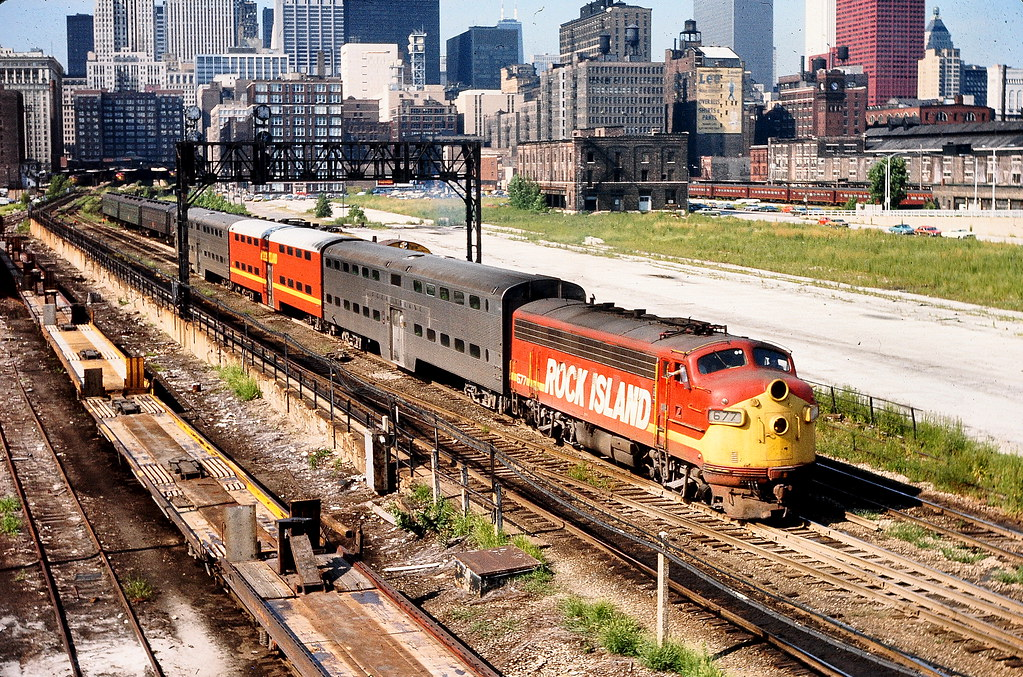
Photo by Mark LLanuza
The Chicago, Rock Island and Pacific Railroad, often called the Rock Island Line, was a major American railroad that operated in the Midwestern and Southern United States from the mid-19th century until its dissolution in 1980. It played a significant role in the region’s transportation and economic development.
Chicago Rock Island and Pacific Railroad Explained
Early Development:
- The Rock Island’s origins trace back to the Chicago and Rock Island Railroad, chartered in 1847.
- Construction began in 1851, and the first train ran from Chicago to Joliet, Illinois, in 1852.
- It was the first railroad to reach the Mississippi River, arriving in Rock Island, Illinois, in 1854.
- Through subsidiaries, the railroad expanded westward to Council Bluffs and Davenport, Iowa.
Expansion and Operations:
- The Rock Island eventually extended its reach across the Midwest and into the South, including states like Arkansas, Colorado, Kansas, Louisiana, Minnesota, Missouri, Nebraska, New Mexico, Oklahoma, South Dakota, and Texas.
- Its easternmost point was Chicago, and it also reached Memphis, Tennessee.
- Key routes included lines to Denver, Colorado, Santa Rosa, New Mexico, Galveston, Texas, and Minneapolis, Minnesota.
- At its peak, the Rock Island operated over 7,000 miles of track.
Impact and Significance:
- The Rock Island was a vital transportation artery for agriculture, connecting farmers to markets and facilitating the movement of crops and livestock.
- It played a key role in Chicago’s rise as a major transportation hub, particularly in grain and meatpacking industries.
- The railroad’s expansion spurred the growth of towns and cities along its lines, creating new economic opportunities and influencing migration patterns.
- The Rock Island also played a role in military transportation during World War II.
Decline and Dissolution:
- Despite its historical importance, the Rock Island faced financial difficulties, including bankruptcy in 1915 and again in 1975.
- Factors contributing to its decline included mismanagement, the Great Depression, and increased competition from trucking and other railroads.
- The railroad was ultimately liquidated in 1980.
Legacy:
- While the Rock Island no longer exists as a single entity, its physical infrastructure was divided among other railroads, including Southern Pacific, Burlington Northern, and Missouri Pacific.
- Some former Rock Island lines are still in operation today under different ownership, such as Iowa Interstate and Kyle Railroads.
- The Rock Island’s story is a reminder of the significant role railroads played in American history and the challenges faced by even the most prominent transportation companies.
United States